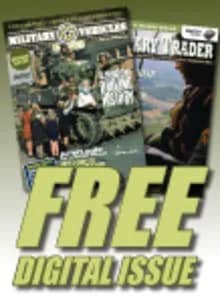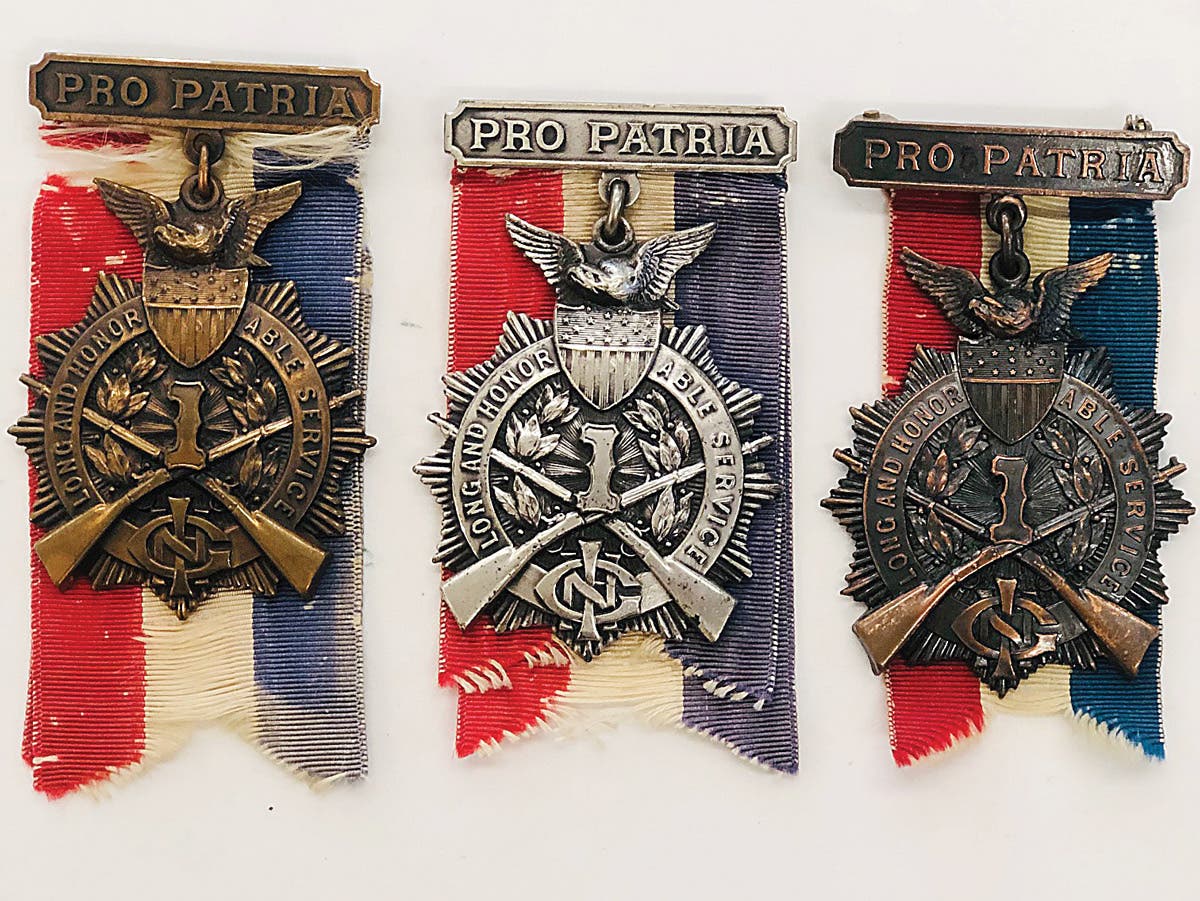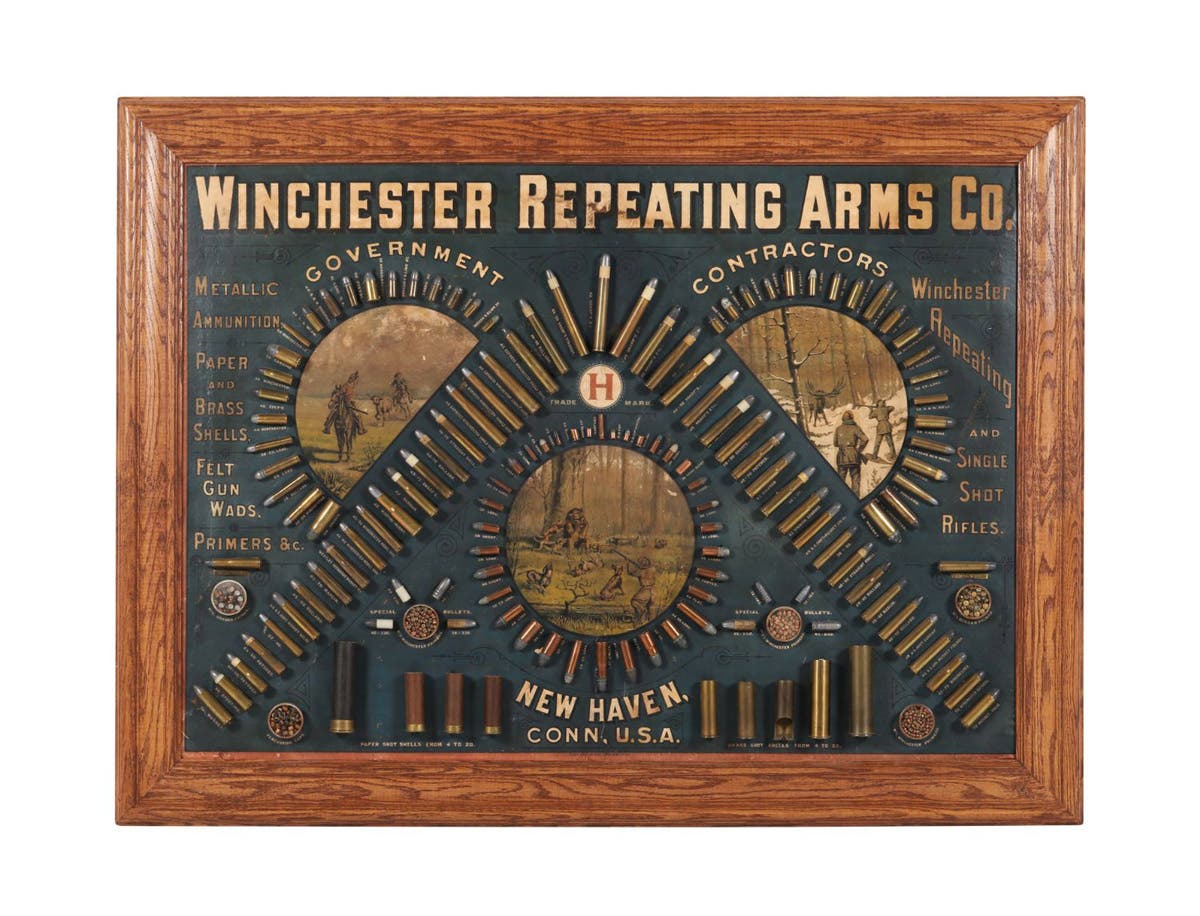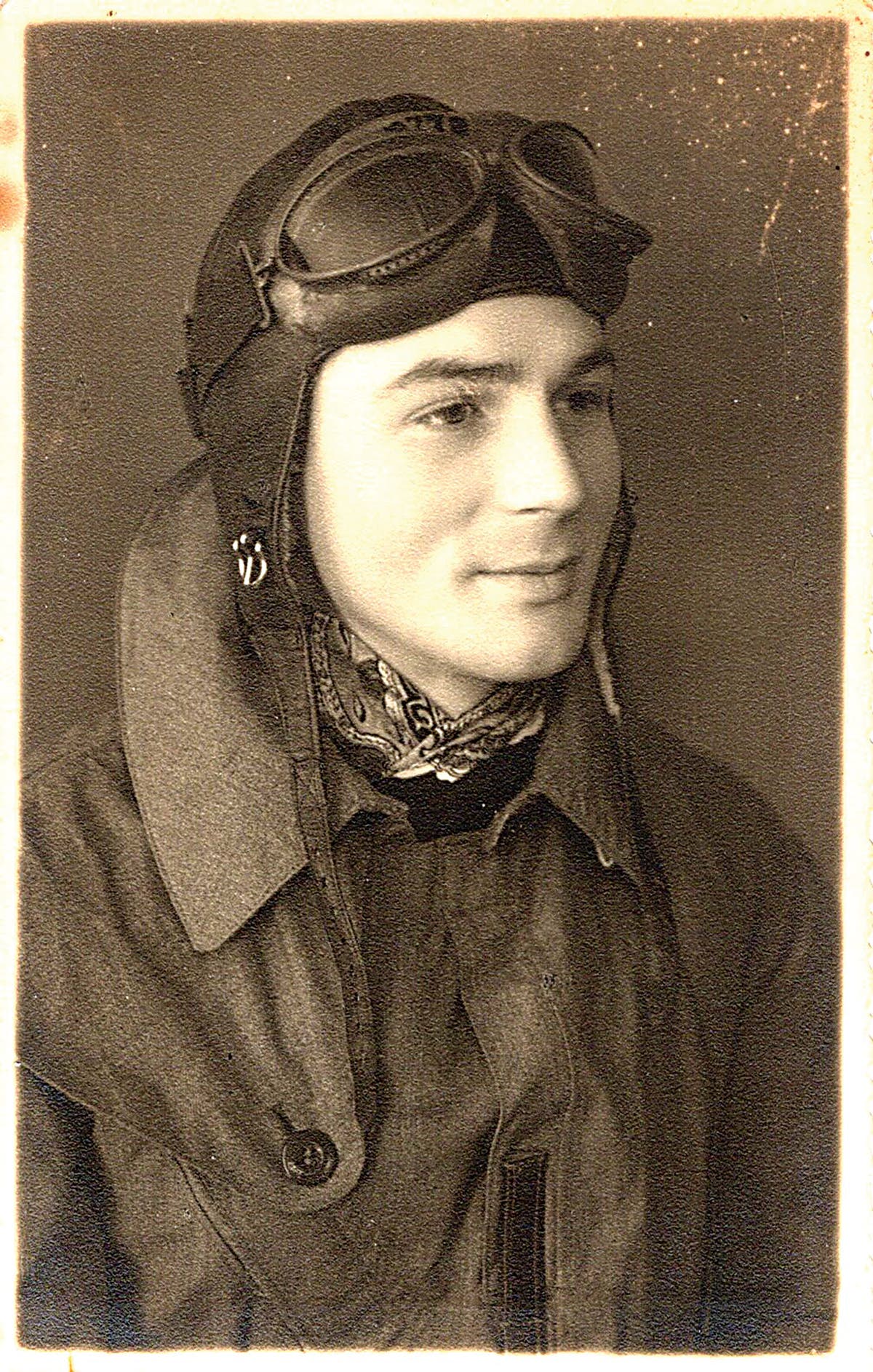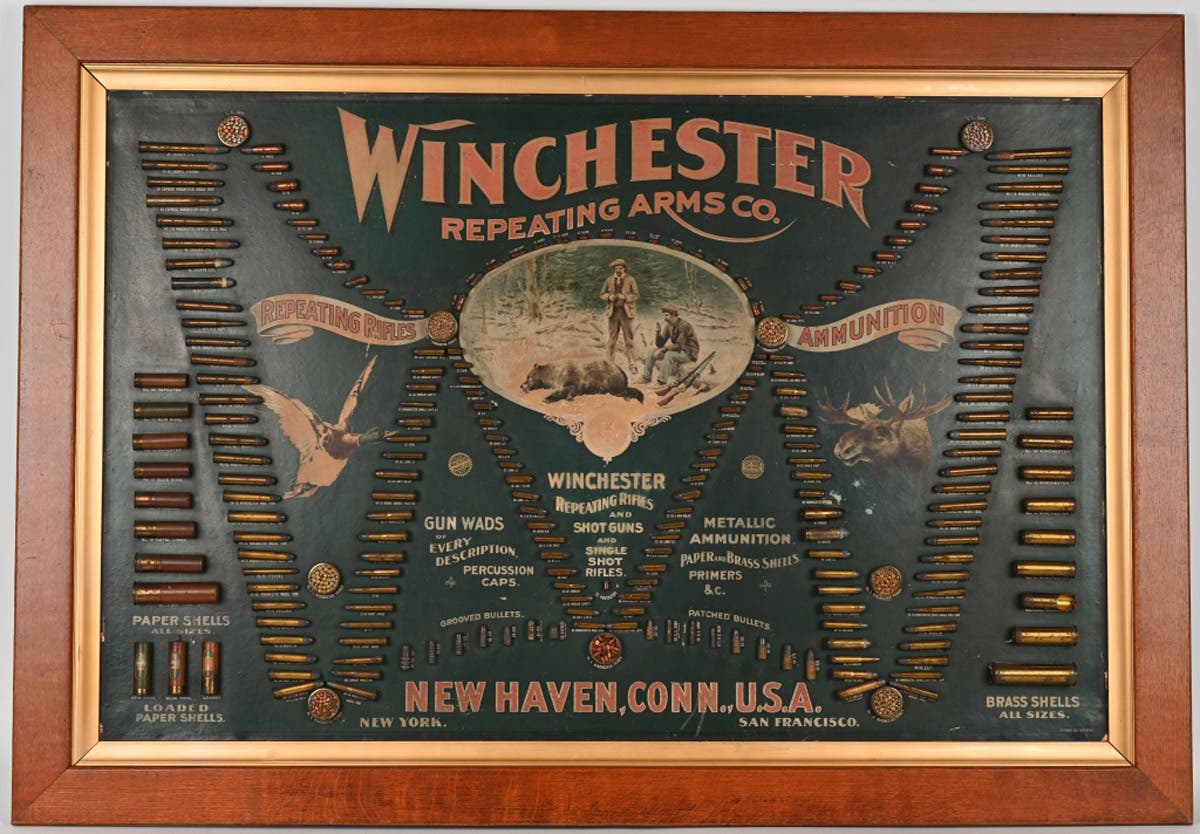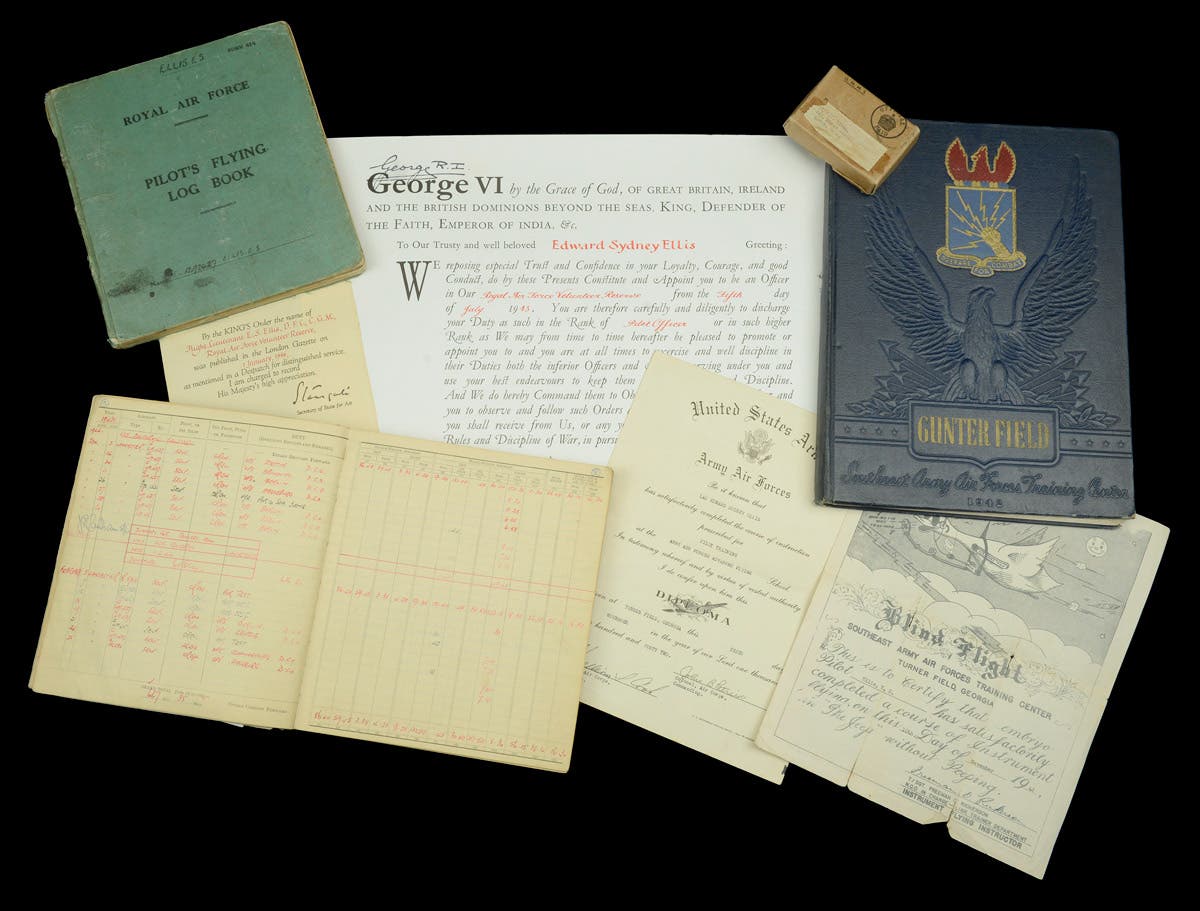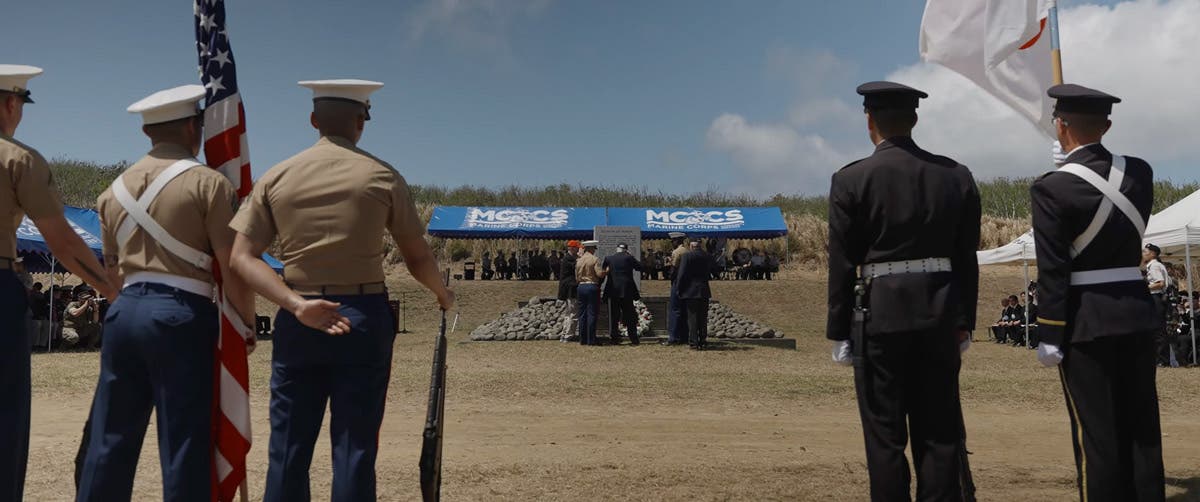Militaria is not just an “Old Boy’s Club”
Women are playing a bigger role in the world of antique military relic collecting and selling
As a young woman, I never envisioned that I’d take road trips around the country driving to Louisville, Baltimore, and Pittsburgh to set up at the large military collectible and antique arms shows. It’s not so much the road trips, but the purpose that I find surprising.
I didn’t expect that I’d own a commercial van that I would drive to he Tulsa Gun Show, the largest gun show in the world today, or would use to pick up old rusty cannons. Today, my schedule revolves around those annual shows.
Collecting militaria — whether it be helmets, daggers, uniforms, or vehicles — has long been a boy’s hobby, even if most of those boys are middle aged or older! While few men likely express their passion for those objects on a first date, it takes a certain type of woman to accept the collecting of these objects. It takes another type of woman to become part of this world.
Women Collect Military Antiques, too
Some women start collecting as a side hobby to complement their husband’s collections. Maybe they’ll collect women’s or children’s clothing, or sweetheart jewelry that was sent home to loved ones. Other women blaze into the male-dominated hobby to collect something they’ve developed a passionate interest themselves. Some of these passions develop at childhood.
“When I was a kid I watched a lot of the History Channel,” said Jennifer Georg, a collector of Reich-related militaria including railway and train eagles. Georg doesn’t go to shows to sell. “I’ll go to shows with people who set up to sell, but I go to buy. I probably go to maybe a dozen shows a year.”
Georg, who entered into the show circuit using the name Hannah Fuchs, the German word for “fox,” developed her collection, which ranges from badges and medals to vehicles. “About five years ago, I discovered I could buy items from World War II.”
In addition to eagles, Georg has in her collection a 76mm Soviet cannon, a Maxim machine gun, a Vietnam-era aluminum weapons carrier, and a few German World War I-era motorcycles, most of which she keeps in running condition.
Some collectors develop their passion from their parents. Collector Juanita Jenkins grew up not collecting old uniforms but wearing them. “My parents were collectors and they encouraged my interest in artifacts,” she said. “They used to dress me up in Civil War dress and enter me in competitions.”
Jenkins’ early collection started with old photographs, and now includes period attire and ephemera of the era. She studied clothing, and then wanted to know what the people did wearing that clothing. Jenkins took her “All dressed up and no place to go” syndrome, and developed it into a life’s passion. She has written books on the subject of early settlers and immigrants. Her collection includes photographs, textiles and artifacts related to women and children in the Civil War.
Some collectors had encouragement from outside of the home. Jean Mountain of J. Mountain Antiques developed an interest in antiques when she had a job cleaning houses during high school. “One woman had a little shop in her house,” Mountain told Military Trader. “She had me polishing silver, and one day she had me go to an antique show with her.”
A wife’s collection need not be limited to militaria, but can include items that still complement her husband’s hobby. Terri Stewart of Stewart’s Militaria Antiques, a business she runs with her husband Larry, collects pieces from the early days of photography. “I collect 19th Century photography of interesting topics. Daguerreotypes, ambrotypes, tintypes, and others” she said.
There are many opportunities for women to collect militaria, or categories that overlap with militaria. This makes going to shows more fun, as women can hunt for the perfect find just as well as any man.
More than “table helpers,” these women are dealers
In truth, a lot of shows have women behind the tables. This isn’t entirely a new phenomenon. For years, the “wives” might have gone along for the ride. In a lot of cases, if you approached the table and asked any question, the response usually involved, “I’ll have to ask my husband.”
That has changed in recent years as many of the women aren’t just there to keep their man company, but are legitimate table helpers. Many are even co-dealers with their husbands or boyfriends.
When Mountain met her husband James Mountain, the other half of J. Mountain Antiques, they enjoyed a common interest in going to antique shops. As the collection and business migrated more toward militaria, Mountain started collecting with a goal. She used it as a way to learn about what she was working with and more importantly selling.
“I wanted to be more than just a table helper,” said Mountain. “I wanted to be more of a part of the business. Maybe I have to get interested in collecting something.”
There are now many husband and wife teams at militaria shows, but there are also female dealers who set up their own tables and sell their goods. Loretta Carbanaro from New Jersey concentrates on Native American items, but also branches out when she finds something she’s interested in for herself and for her business. “Anything I like, I collect.”
Many other women have worked alongside their husbands and built a fixture in the space. Terri Stewart started promoting gun shows back in 1979 with her husband. That gun show ran for 13 years before the husband and wife team sold it, and refocused on their retail militaria business.
Recently, the Stewarts made the move from a brick and mortar business with a physical presence to an online only sales operation, but they’re back on the show circuit and now run the Mesa, Arizona Antique Gun & Militaria Show. This southwest show has more than tripled in size from its original 25 tables in a VFW hall, and now takes up a hall in the Mesa Holiday Inn.
“As a promoter we also set up our items to buy, sell or trade,” Stewart said. “At the same time we have to manage the placement of each person, the hall set up, advertising, emailing and taking care of everyone’s comments, questions and concerns.”
While Stewart has to concentrate on managing the show, she puts her influence in the mix on her tables. “I like to have women’s items on our site from Civil War through WWII to keep their history alive.”
Stewart’s Military Antiques makes the annual trek to the OVMS Show Of Shows (SOS) in Louisville, Kentucky. Like many dealers they’ve driven a lot of miles over the years.
“We used to drive cross country each year to attend shows,” Stewart said. Show’s on the Stewart’s roster included the MAX show, SOS, the Great Western and many more.”
Jean Mountain also understands what it means to run a large event, and now serves as the co-chair for the New England Antique Arms Society’s annual show in Sturbridge, Massachusetts, each June. While Mountain is well-accepted among the men who attend the NEAAS show, as well as at other shows she sets up at, there are still plenty of collectors who expect to deal with men at the tables. She finds there are still men who want to deal with a man when asking about items on a table. When it comes to interest in items that she collected, her husband Jim has to tell buyers, “I actually can’t help you. That’s Jean’s item, and she can give you more information on it.”
A woman’s hope at some of these shows is that men will move on from the “old boys” attitude, and start to listen to women answering questions at the table. Even if this is her husband’s passion, she likely discusses it with her husband. Many women approach dealing in militaria as a business, and learn the ropes just like any other business.
While Georg attends shows to buy, she has set up Hannah’s Reich online to sell two collections, one amassed in the U.K. Yet she is quick to say that she will always be a customer, even as she ends up behind the table at a few shows as her hobby fuels her business.
Men and Women Socializing at Shows
Women may not be such a strange site at many of the larger shows these days, and there are benefits for those female attendees. Militaria shows are one of the few events where the lines for the restroom are longer for men. Because the community of women collectors and dealers is still small enough, over the course of several shows, there is the opportunity to form relationships with other women.
“I have met many friends from the shows and cherish them greatly,” said Stewart. One of the reasons the Stewarts started the Mesa show after several years break from promoting shows, was to connect with their customers that they might not otherwise see since moving to a web-only business.
“We loved the interaction with our customers and always looked forward to seeing them, sharing stories, new purchases and other items of interest. We promised that we would give back and find a way to stay in contact so everyone could meet again,” Stewart explained. “This resulted in our promoting militaria shows.”
There are often invitations to leave the show and go to lunch, or take in a museum, to take a break from militaria and men. Georg added that she enjoys socializing with women at the shows, but since she collects, she prefers to stay in the hall to shop and socialize, rather than going on outings.
Women attend these shows for the same reasons as men. They study up on militaria, discuss items with their husbands and friends, and can be knowledgeable on a range of topics in the hall. The assumption that a woman behind the table is simply a placeholder is no longer true (if it ever was) and stands in the way of some interesting conversations — or even that great deal!
Enid Burns is married to frequent MT contributor, Peter Suciu. Like her husband, she is a full-time freelance reporter and editor. She attends more than a dozen shows each year.
You may also enjoy
*As an Amazon Associate, Military Trader / Military Vehicles earns from qualifying purchases.
